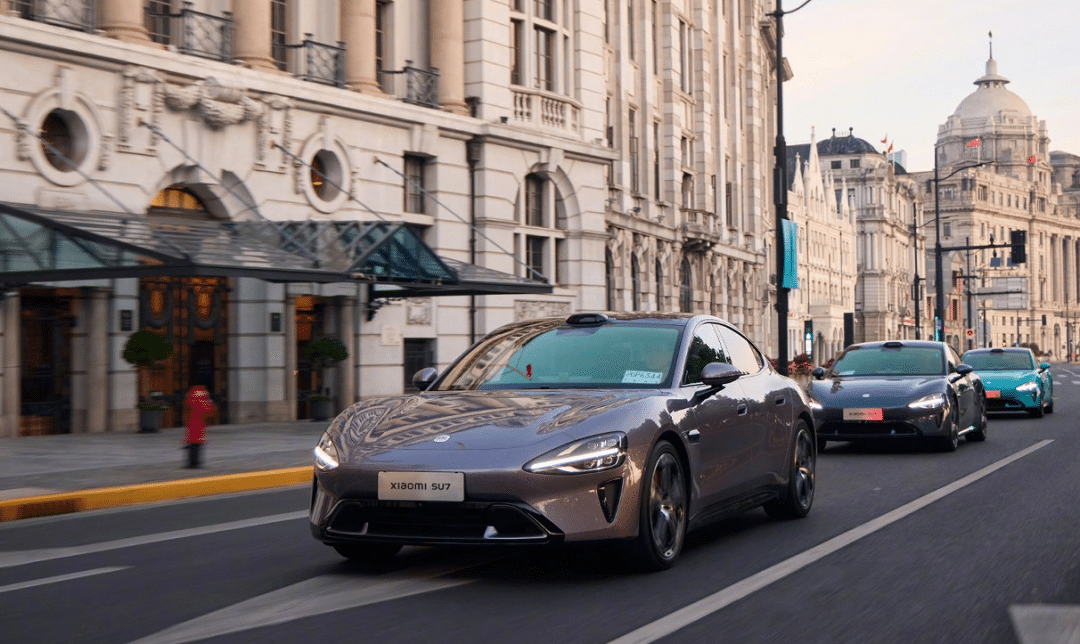According to reports circulating on Chinese media, Xiaomi will launch the Ultra version of the SU7 at the Xiaomi product launch event on October 29. Before that, Xiaomi CEO Lei Jun revealed that the car will feature the largest ceramic brakes on a sports car to date.
In a post on Weibo, Lei Jun said, “Xiaomi SU7 Ultra is equipped with competition-grade carbon ceramic brake discs, and the diameter of the carbon ceramic brake disc is currently the largest among sports car brake discs!”

The front brake disc is 430 mm x 40 mm, and the rear brake disc is slightly smaller at 410 mm x 32 mm. The maximum temperature of the ceramic brakes is said to be over 1300°C (2372°F).
Such brakes have mostly been used in high-performance sports cars and racing cars. Ceramic brakes offer excellent braking performance thanks to their lightweight, strong durability, and high-temperature resistance.

Carbon-ceramic materials can withstand extremely high temperatures of over 1000°C. Furthermore, they do not suffer from thermal degradation due to overheating even with frequent high-intensity braking, such as the conditions encountered on a track.
They are less than half the weight of traditional cast iron brake discs, helping reduce the weight of the car and improving handling. Moreover, the wear is less, with a lifespan of 3-5 times that of steel brake disks, which makes them ideal for long-term high-performance usage. Unfortunately, they are much more expensive due to the material costs and complex manufacturing process.

There have been videos of the Xiaomi SU7 careering off the track due to degraded brake performance. This should be a thing of the past with the Ultra version, which is optimized for performance.
Prices are expected to start at over 800,000 yuan (112,250 USD), and Goldman Sachs forecasts sales will be 4,000 in 2025.
The Xiaomi SU7 Ultra will be road legal, unlike the Prototype version. However, the powertrain is believed to be exactly the same, consisting of three Xiaomi super motors, including two V8s and one V6s. Together, these motors form a three-motor four-wheel drive system with a total power of up to 1138kW (1548PS).
This should offer a 0-100 km/h acceleration time of just 1.97 seconds, and a top speed of more than 350 km/h.
The Xiaomi SU7 Ultra has a 150 kWh battery pack that uses the Qilin 2.0 battery from CATL. Xiaomi utilizes a CTB (cell-to-body) structure to integrate the battery into the car, thereby increasing rigidity and reducing weight. Its maximum output is 1,330 kW. It has a dual-surface cooking system that increases cooling efficiency by 60%, helping with high-speed driving.
Source: Fast Technology





Makes me wonder how quickly an EV can scrub off speed using regen alone.
0.6g for the Ioniq 5N
Xiaomi phones are extremely durable